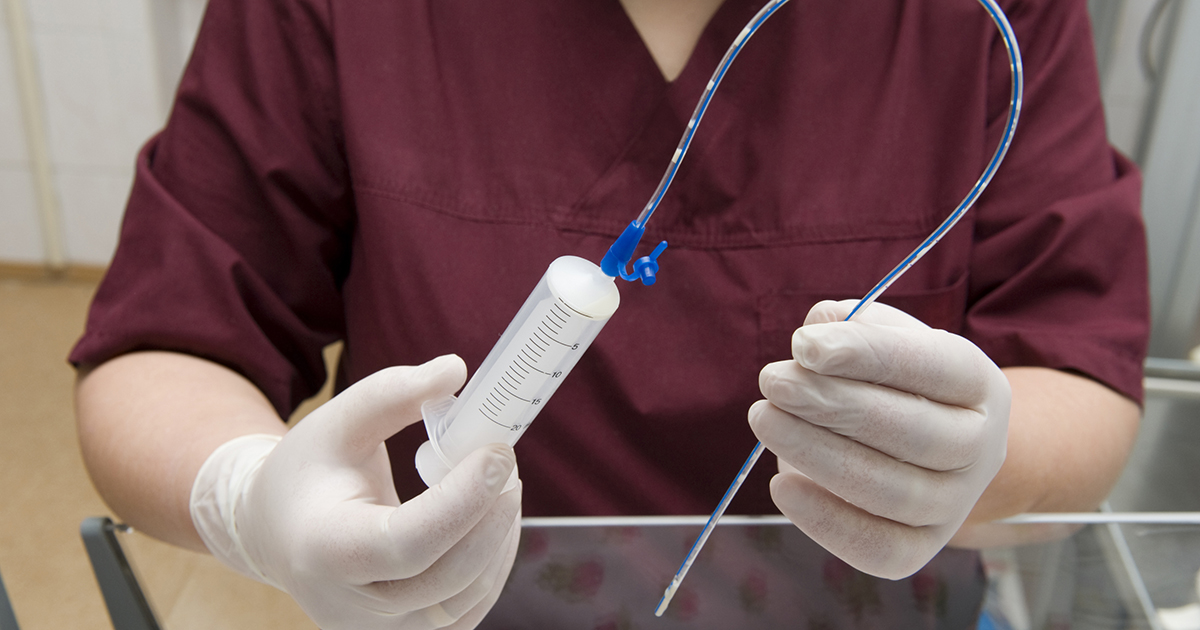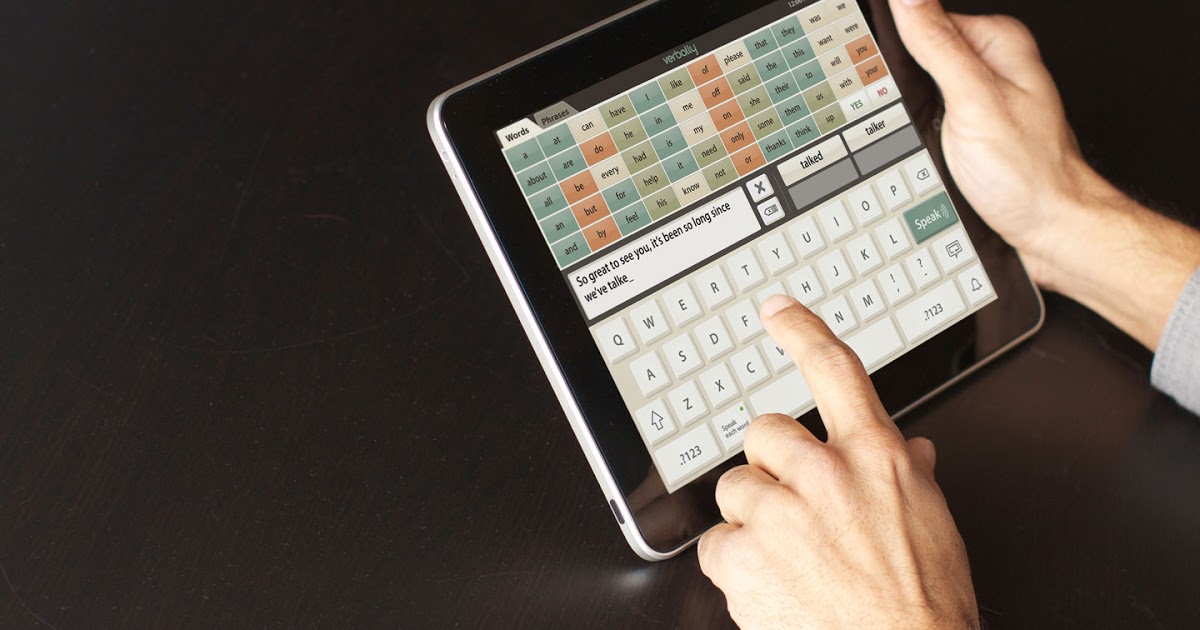How To Treat Progressive Bulbar Palsy
Progressive bulbar palsy is a considered a form of amyotrophic lateral sclerosis (ALS). The condition involves the brain stem, which is the area responsible for chewing, swallowing, and speaking, among other functions. There are various causes of progressive bulbar palsy. Botulism, a toxic chemical, can cause paralysis if it reaches the digestive tract. Malignant inflammatory diseases can also lead to the condition. Genetics may also play a role. Progressive bulbar palsy is difficult to diagnose, as no single procedure or test can offer a definitive diagnosis.
There is, unfortunately, no cure for progressive bulbar palsy, but doctors do have several options for treating symptoms. Prominent symptoms include difficulty with speaking and swallowing, a weak jaw and facial muscles, emotional lability, progressive loss of speech, and a weakened tongue.
Feeding Tubes

Progressive bulbar palsy shares many commonalities with ALS, and many patients afflicted with one condition develop the other. One of the more problematic symptoms of these conditions is dysphagia, also known as difficulty swallowing. As dysphagia progresses, the patient can lose a dangerous amount of weight, which can then lead to further health complications, such as muscle degradation.
Feeding tubes are a way to combat difficulties with eating. They allow patients to ingest necessary nutrients they cannot adequately obtain otherwise. Utilizing feeding tubes involves making a small hole in the abdomen, through which a tube is run into the stomach. Because of the inherent risks involved in such a procedure, this treatment method is reserved for patients losing a lot of weight due to the inability to eat.
Devices To Assist With Speech

In addition to the throat, the jaw and facial muscles may also be severely impacted by progressive bulbar palsy, which can lead to problems with speech, ranging from mild to severe. As such, devices to assist with speech are one of the more common and easily accessible treatment methods. These devices allow patients to communicate electronically so they can be better understood. There are many different systems available to progressive bulbar palsy patients. Some function solely as the voice of the patient while others work like a computer system.
The voice output can either be synthesized or digitized. Synthesized devices use pre-programmed language but also allow the user to spell out new thoughts and expressions, while digitized systems are limited to pre-programmed language only. However, digitized systems are thought to be more 'normal sounding.'
